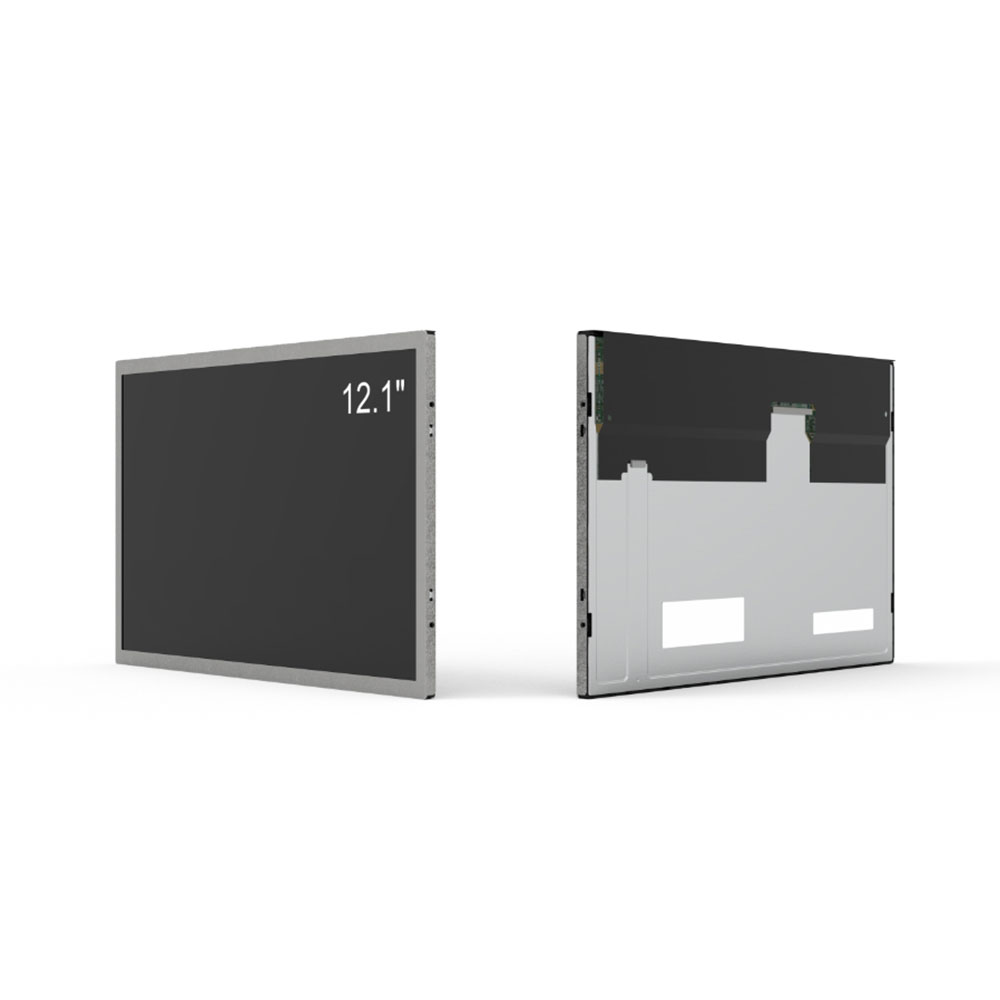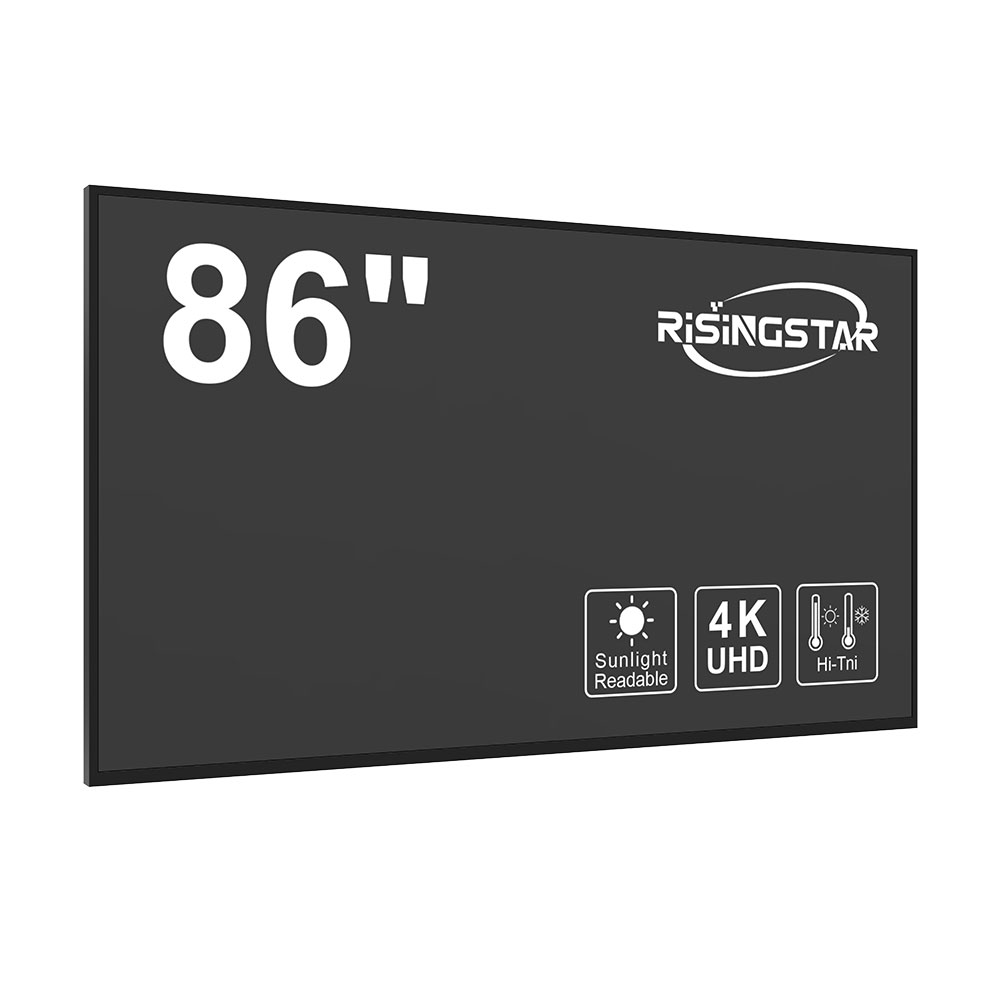
Privacy statement: Your privacy is very important to Us. Our company promises not to disclose your personal information to any external company without your explicit permission.
When it comes to deploying digital signage in outdoor environments, selecting the right LCD screen is not just a matter of aesthetics—it’s a critical decision that impacts visibility, durability, performance, and return on investment. Whether you're managing a retail store, a transportation hub, a sports venue, or a public information kiosk, choosing an outdoor-rated LCD display demands technical precision, environmental awareness, and long-term cost-efficiency.
Understanding the Unique Challenges of Outdoor Environments
Outdoor LCD screens face conditions far more demanding than their indoor counterparts. Direct sunlight exposure can reduce screen readability by up to 70%, while temperature extremes—from -30°C to +60°C—can damage internal components if not properly engineered. Humidity, dust, rain, and even vandalism are common threats in uncontrolled environments. Therefore, the first step in selection is assessing your site-specific environment using standards like IP65 (dust and water resistance) and IK10 (impact resistance). These certifications ensure that your screen survives daily operational stress.
Key Technical Specifications to Prioritize

1. Brightness (Nits):
A minimum of 5,000 nits is recommended for direct sunlight visibility, though high-end models often exceed 10,000 nits. For instance, in urban advertising displays in cities like New York or Tokyo, where ambient light levels average 10,000 lux, 8,000–10,000 nits are essential. Industry studies from the Digital Signage Federation show that 5,000-nit displays lose usability in midday sun; higher brightness ensures consistent messaging regardless of time of day.

2. Viewing Angles & Color Accuracy:

Wide viewing angles (178° horizontal/vertical) prevent image distortion when viewed from the side—a must for pedestrian traffic areas. Advanced IPS panels maintain color consistency across angles, crucial for brand integrity in marketing campaigns. Case studies from McDonald’s outdoor kiosks in Europe demonstrate that users perceive brands as more professional when color accuracy remains stable at all angles.
3. Durability Ratings (IP and IK):
IP65 indicates protection against water jets and dust ingress—ideal for coastal regions or frequent rain exposure. IK10 protects against mechanical shocks equivalent to 5 joules (e.g., falling objects or accidental bumps). A 2023 report by the European Commission highlighted that 62% of failed outdoor displays were due to inadequate sealing, emphasizing the need for proper IP certification.
4. Thermal Management:
Efficient heat dissipation systems, such as passive cooling with aluminum heatsinks or active fans with automatic speed control, are vital. Overheating can cause pixel degradation and premature failure. In Dubai, where outdoor temperatures regularly exceed 45°C, manufacturers like LG and Samsung use intelligent thermal algorithms to adjust brightness and fan speed dynamically—extending lifespan by over 40%.
5. Power Efficiency & Environmental Compliance:
Look for Energy Star-certified or EPEAT Gold-rated screens. These models consume less power without sacrificing brightness, reducing long-term electricity costs. In Germany, government incentives now support energy-efficient outdoor displays through tax credits, underscoring the importance of sustainability compliance.
Display Technology Options: LED vs. LCD
While LED displays dominate large-scale applications (like billboards), LCDs remain preferred for high-resolution content delivery, especially in medium-to-large formats (42”–75”). OLED technology offers superior contrast but lacks the brightness needed for full-sun scenarios. For most business cases, LCD with LED backlighting strikes the best balance between clarity, longevity, and affordability. For example, a case study from London Heathrow Airport showed that switching from standard LCDs to high-brightness, wide-angle outdoor LCDs increased passenger engagement by 33% during peak travel hours.
Content Delivery and Remote Management
A robust outdoor display system must include remote management capabilities via cloud-based platforms (e.g., BrightSign, Scala, or Screenly). These allow real-time content updates, scheduled rotations, diagnostics, and even firmware upgrades—all crucial for maintaining uptime. According to a 2024 IDC survey, businesses using centralized management tools saw a 40% reduction in maintenance costs compared to those relying on manual interventions.
Installation and Mounting Considerations
Mounting solutions must account for wind load, vibration, and accessibility for maintenance. Aluminum frames with anti-vibration mounts are standard. For vertical installations, consider tilt-adjustable brackets to optimize viewing angles. Always ensure structural compatibility—especially in high-wind zones like coastal Florida or mountainous regions in Switzerland—by consulting local building codes and wind load standards (e.g., ASCE 7).
Maintenance and Long-Term Support
Even the toughest outdoor LCD screens require periodic checks. Schedule quarterly cleaning of filters and lenses, annual inspection of power supplies, and biannual calibration of color and brightness settings. Partner with vendors offering comprehensive warranties (minimum 3 years) and on-site support—this is non-negotiable for mission-critical deployments like hospital wayfinding or transit station information boards.
Case Study: Success in Harsh Conditions – Las Vegas Strip
The Venetian Resort deployed 40+ outdoor LCD screens along its entrance plaza. Facing extreme heat (up to 50°C), intense UV radiation, and sandstorms, they chose LG’s 65-inch outdoor LCD with 8,000 nits brightness, IP65 rating, and solar-powered backup. After two years, only 2% of units required service—well below industry averages (typically 10–15%). This success was attributed to rigorous pre-deployment testing, proper mounting, and a dedicated remote monitoring system.
In conclusion, selecting the right outdoor LCD screen involves a strategic blend of technical specs, environmental adaptation, and ongoing support. It’s not merely about buying hardware—it’s about investing in a communication channel that performs reliably year-round, enhances customer experience, and supports your brand’s visual identity. By following these best practices, businesses can future-proof their outdoor digital signage investments.
Email to this supplier

Privacy statement: Your privacy is very important to Us. Our company promises not to disclose your personal information to any external company without your explicit permission.